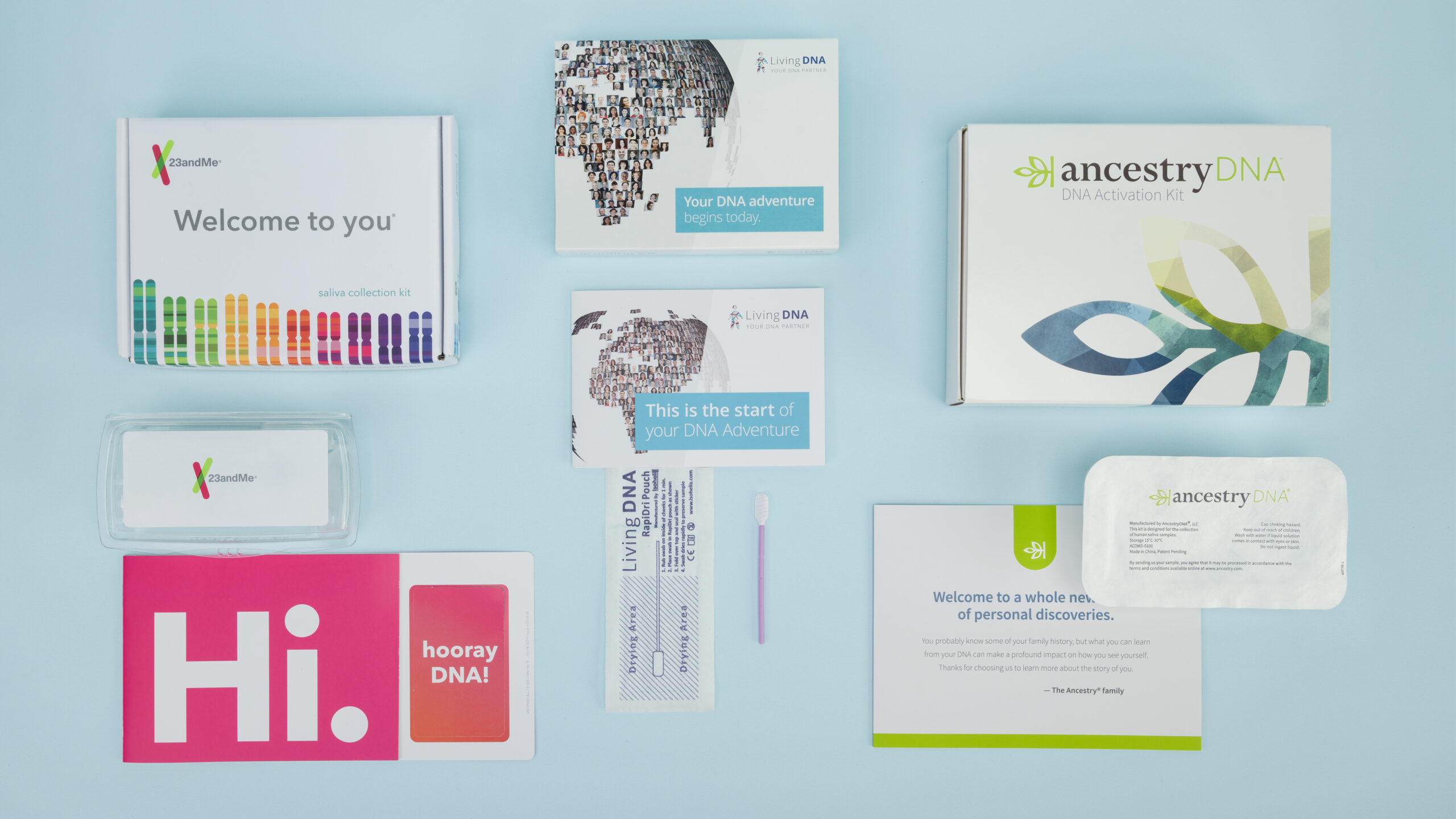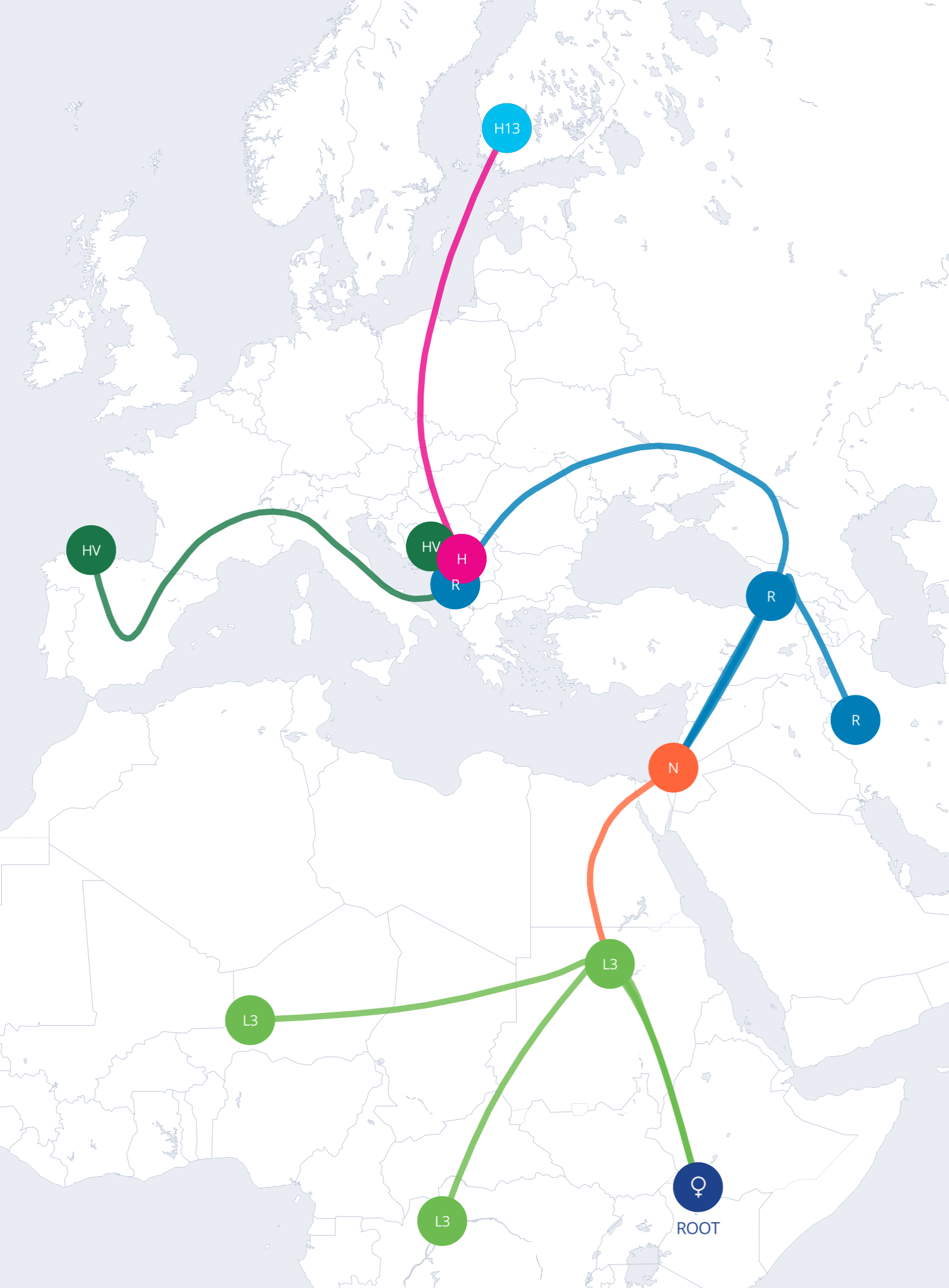In This Article
In This Article
Combined DNA Index System (CODIS) is a DNA database created, curated, and maintained by the Federal Bureau of Investigation (FBI).1
It is an important tool that keeps various profiles, including:
CODIS works with the ultimate purpose of solving open investigations by comparing DNA profiles from crime scenes against those already stored.
A DNA match can help detectives locate potential suspects during criminal investigations. It can also link recent crimes to older cases on file, which can be helpful in unsolved crimes.

CODIS contains various DNA databases with multiple information, such as:
CODIS generates hits or matches by pulling DNA profiles and analyzing them.2
CODIS matches may contain investigative leads for crimes with biological evidence.
The software doesn’t store personally identifiable information, such as names. It only has a set of ID characters. This makes it easy to search profiles on the national database.3
State laws define which convicted offender must enter their profiles into the national database. Some states require all felons to submit their DNA profiles.
The CODIS database allows forensic crime laboratories from different states and authorities to collaborate on the same investigation.
A CODIS hit means a genetic match between two or more DNA profiles in the databases. Law enforcement, like the Federal Bureau of Investigation, can use it as a lead in solving cases.
There are two types of CODIS hits:
A forensic hit is a match between forensic evidence from two or more cases. The agencies that submit the forensic samples can use them as a lead in crimes they’re handling.
This type of match is instrumental in cases involving missing persons and unidentified remains, especially of close relatives. It can also uncover leads in cases of a suspected serial killer.
An offender hit means the crime scene evidence matches a convicted offender’s genetic profile.
It can identify them as potential suspects in a crime.
Once CODIS identifies a match between two DNA profiles, the forensic labs that submitted them can start coordinating. They can exchange information about the matching DNA profiles.
A law enforcement agency can use CODIS matches to obtain DNA samples from the suspect legally. They can present the file to get a court order for DNA collection.
The casework lab can run a DNA analysis on the same DNA they collected from the crime scene and the potential suspect. This can confirm an exact match or exonerate a suspect.
The detective can include the DNA results as crime scene evidence in court. Of course, they still need to investigate further and prove the offender’s involvement in the crime.
Know Your DNA Reviews

Don't miss out on the opportunity to learn more about yourself. Read our best DNA test page to find the best one for you.
CODIS is a powerful tool used by law enforcement. It can be used in different situations.
When a crime happens, law enforcement can search for DNA evidence like hair or skin cells at the scene.
They check this DNA information on CODIS to see if it matches anyone already in the system because they’ve been arrested or convicted in the past.
For example, CODIS once connected unsolved cases in Florida to similar crimes in Washington, D.C., showing how it can work across different places to catch criminals.4
If a person goes missing, their DNA can be obtained from personal items like a toothbrush or comb and added to CODIS.
This is important to any search because if that person’s DNA is ever found or is found but can’t be identified, the system can match the DNA and help reunite the missing person with their family.5
When authorities find remains that are hard to identify, they can turn to CODIS.
They can input the remains into CODIS to see if they match any missing persons or DNA given by family members looking for a lost relative.5
Families with a missing relative can volunteer their DNA as a reference in the search effort.
The DNA is compared with any unidentified remains or other missing persons in CODIS.5
CODIS is not just for new cases. It can also be used for cold cases or old investigations that haven’t been solved yet.
Authorities can enter information from old cases on CODIS to get new leads when it matches DNA from known offenders. This can be a revelation for some crimes that have gone unsolved for years.6
If you are a family member looking to submit DNA profiles to CODIS to help in situations like a missing persons case, here is a guide on how to do it:
In cases of sexual assault, the medical examiner can collect biological samples from the victim and create a DNA profile of the unknown perpetrator.
They can compare the unknown DNA to the state’s Convicted Offender and Arrestee Index. Investigators can also run the DNA profile against the Forensic Index.
If a match occurs, they can confirm the offender’s identity with the forensic laboratories. Matching DNA profiles may also link two or more crimes if the DNA belongs to a serial offender.
The law enforcement agencies handling the connected cases may exchange information. They can also work together and develop additional leads for their criminal investigation.
CODIS is careful with DNA information. It doesn’t keep any names or personal details with the DNA profiles.7
Each DNA profile gets a special code that only links back to the person if you can access separate, secure records kept by the forensic laboratory that sent in the DNA. Just looking at a DNA profile in CODIS won’t tell you who it belongs to, which is great for privacy and impartiality.
Access to DNA profiles is extremely restricted. Only specific people like law enforcement authorities or those in the criminal justice system can see it. Even then, access is only for reasons like solving crimes, using it in court, or checking the data quality.7
Keeping things confidential helps make sure that DNA information is used properly and prevents it from being misused.
Know Your DNA Reviews

Looking for a DNA test that's accurate and can tell you about your health and heritage?
